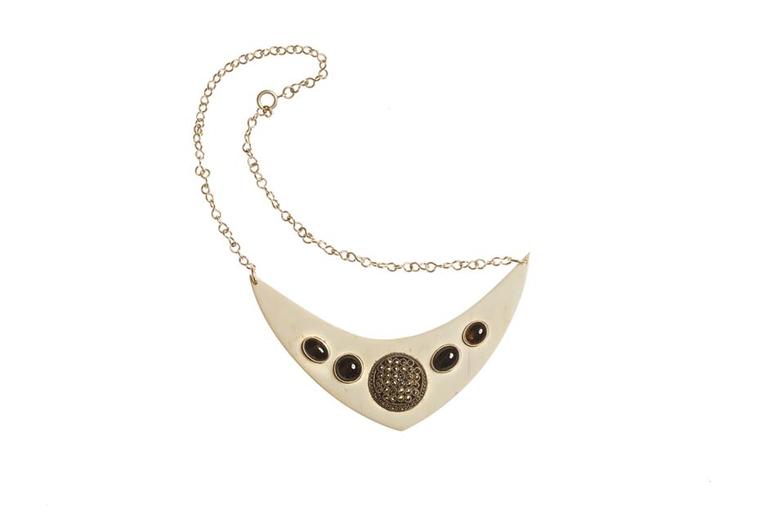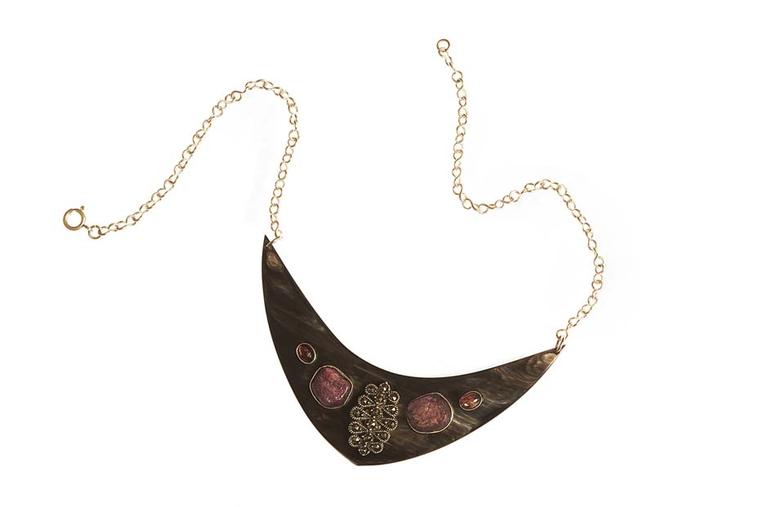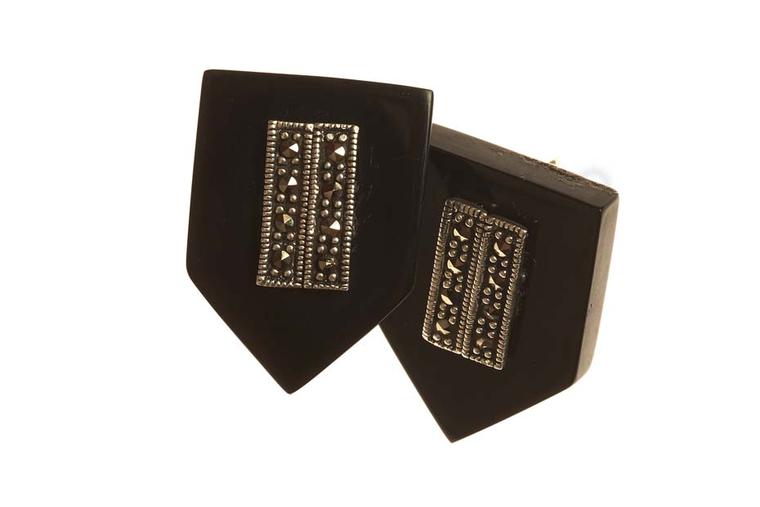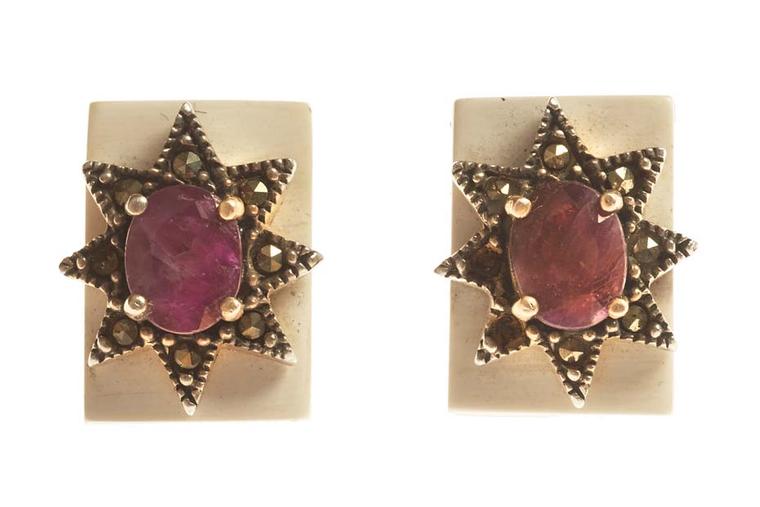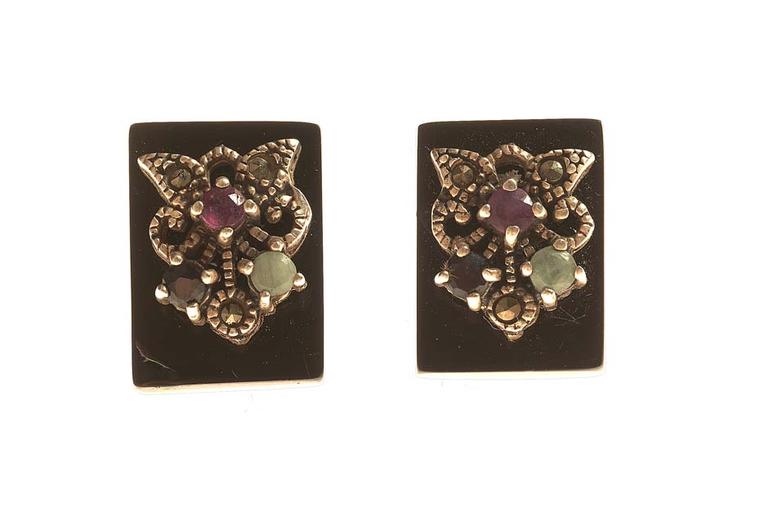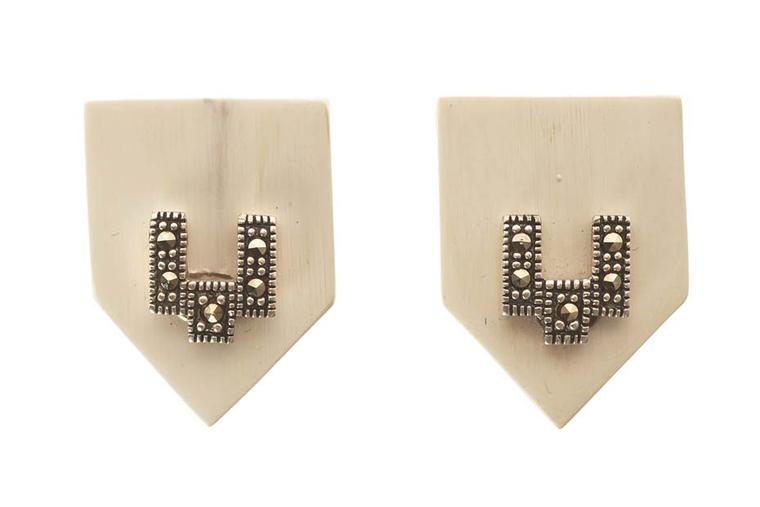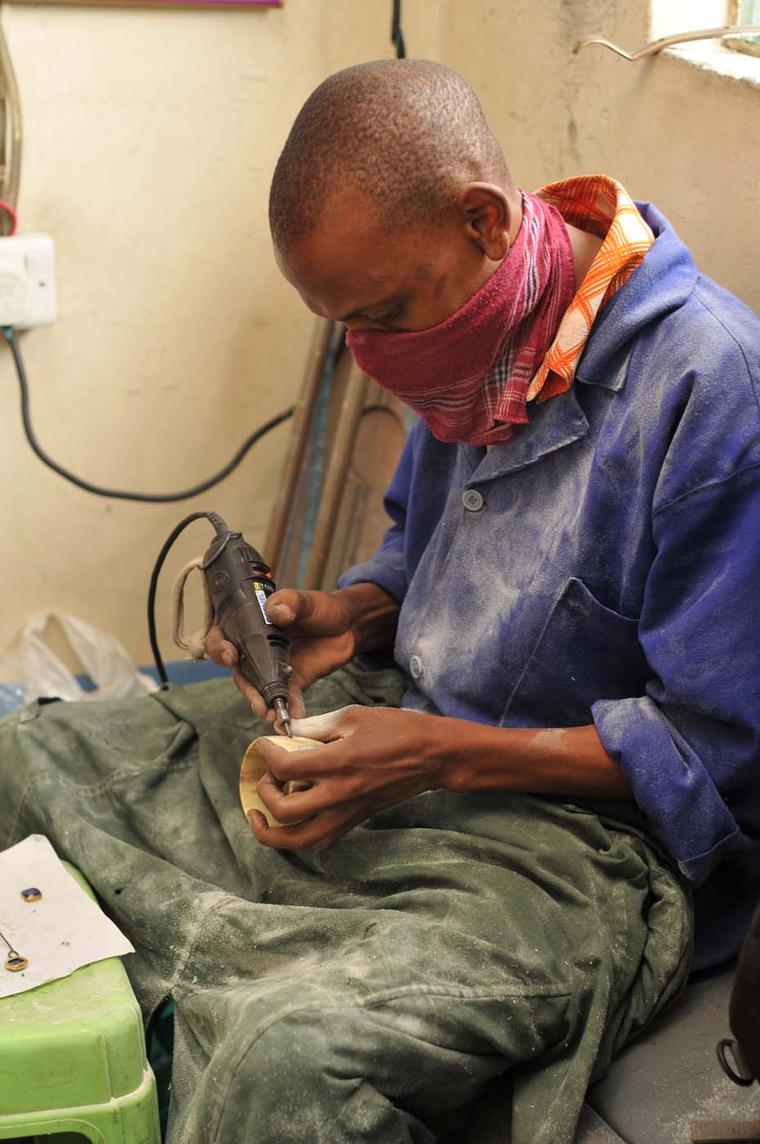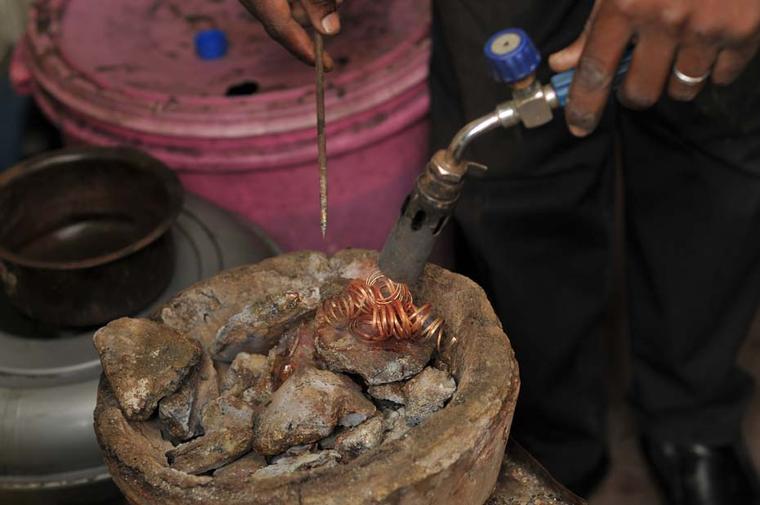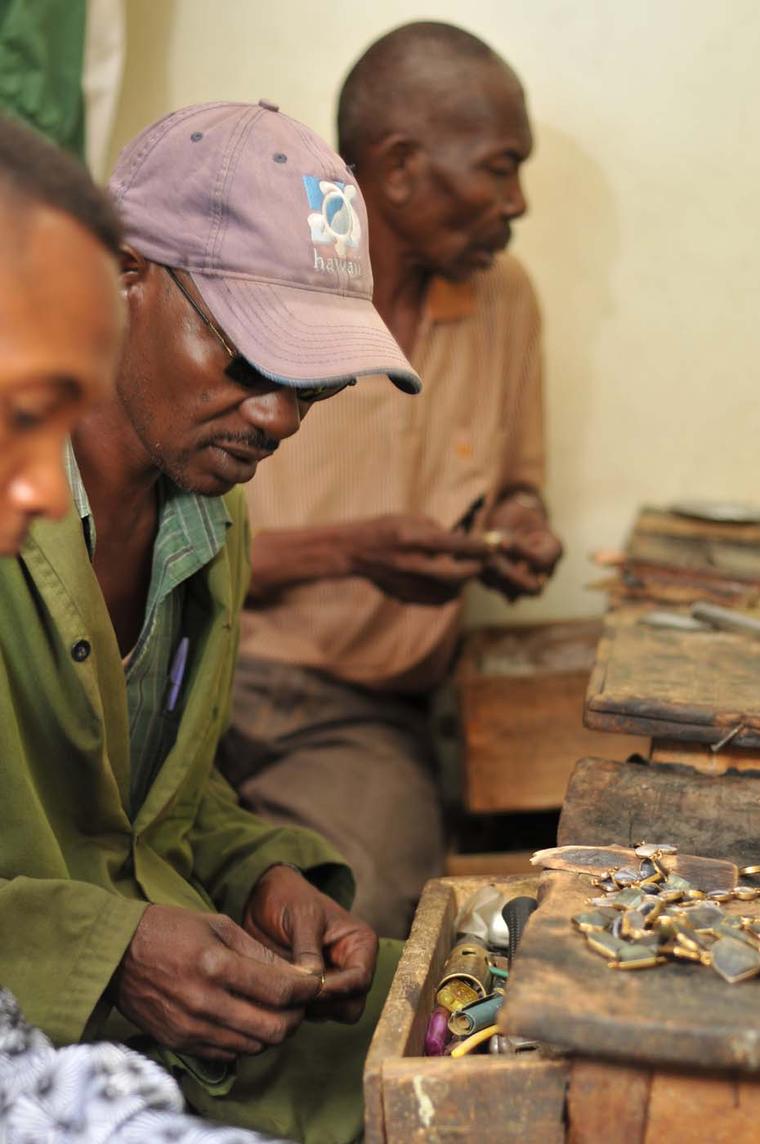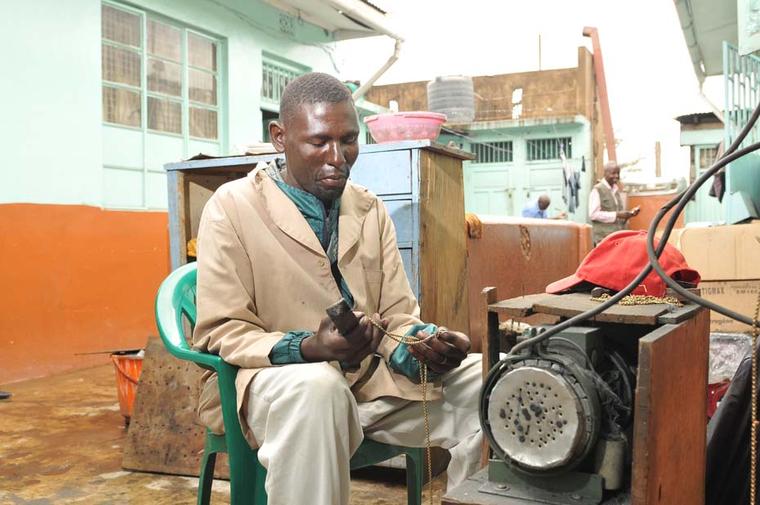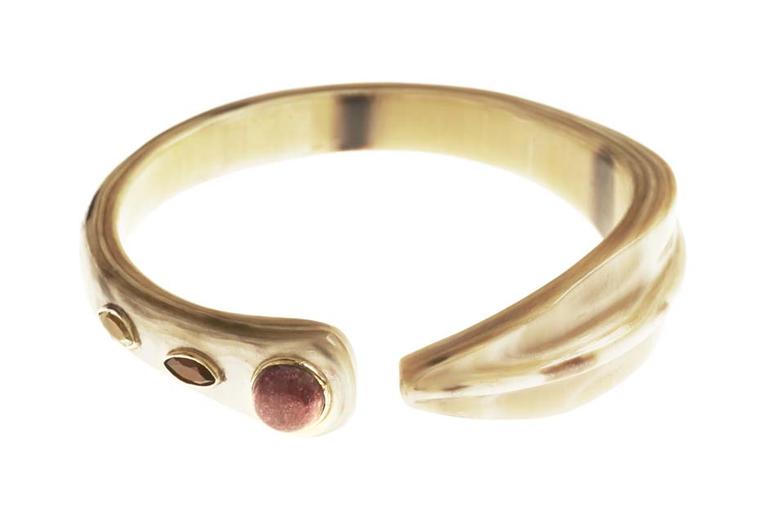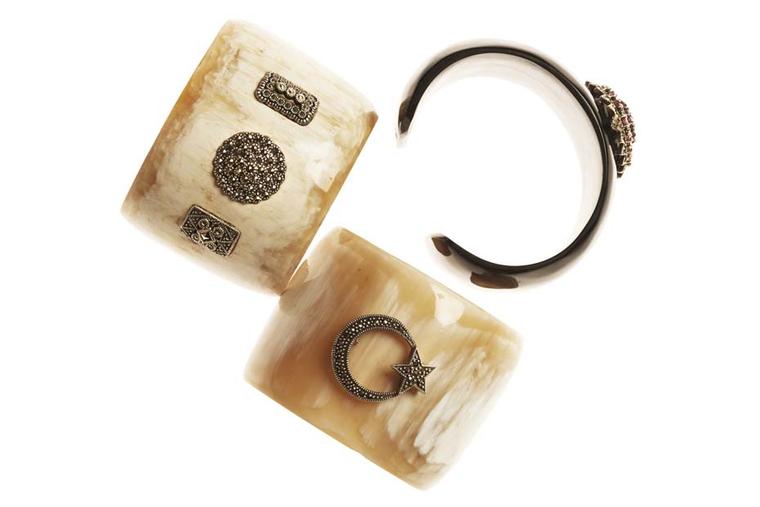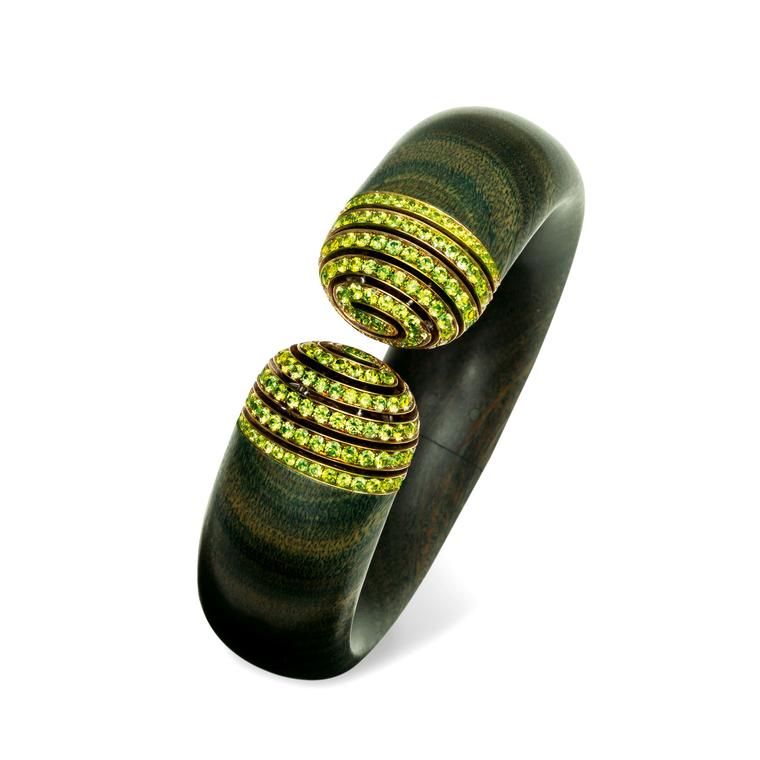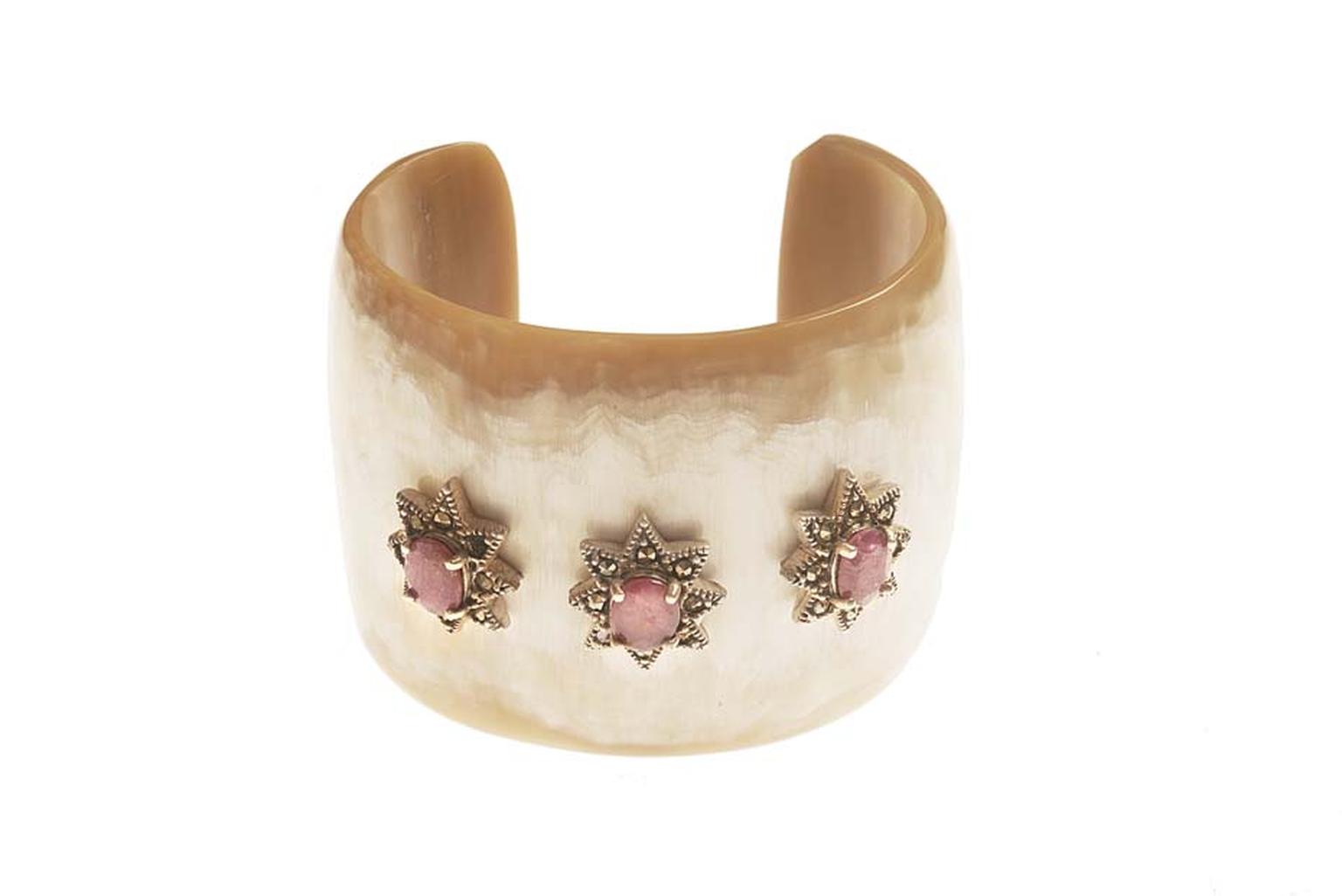
By Rebecca Doulton in Madrid
Penny Winter is more than happy to talk to me about her fascinating life and her new facet as a jewellery designer.
Obsessed with opera, corsets and anything vintage following her studies at London College of Fashion, Penny joined the Royal Shakespeare Company in Stratford, creating period costumes for plays. However, on a backpacking trip with a boyfriend to Kenya, she fell in love with the country. Settled in Nairobi, Penny put her creative talents into making edgy "18th century-style corsets from leather, fish skin like Nile perch and ostrich skin, which I then decorated with Masai and Tuareg beads". It was the beading that actually got Penny into jewellery. "I'm not a gemologist," she confesses, "but I have a good knowledge of Kenyan gemstones and a designer's eye," which was seduced by the myriad stones and unusual materials encountered on her travels around Africa.
"All my pieces - apparel and jewellery - have a mix of vintage and Swahili aesthetics, which translates into a bit of an Arabic look - Zanzibar, Oman, Yemen," explains Penny. "They are antique looking but certainly not out of a museum. It's my own personal style using a vast array of organic African minerals and raw materials with a sort of rock star feel." Exotic, unconventional and provocative, Penny's jewellery is worn by some very cool people, with Helena Christensen, Trudy Styler, Ali Hewson, Princess Caroline and Anna Freil among them.
Sourcing materials is part of the adventure, and Penny often cycles into Nairobi's "dirty little back streets" on her mountain bike to visit the Nigerian merchants who sell sapphires, rubies, tourmalines and opals from Ethiopia and a host of other African gems, "directly out of a sack!" Rough stones, horn, antique silver and brass are predominant materials in Penny's African cosmos. Horn is widely featured in her work, offering a smooth, warm and mottled surface as a background, although she is quick to point out that the cow horn is sourced as a byproduct from domestic Ankole cows, "so nothing is endangered there".
Once she has finished a design, Penny turns to local artisans to craft the piece. The remarkable skillsets of the artisans, which include Kikuyu horn carvers and Kamba stone setters, animate Penny's work with a tangible Kenyan spirit. "The unique nature of the product has evolved from East Africa's natural resources. Absolutely everything about the jewels is indigenous, except me of course..."
The process is hardly solitary. "Several hands go into each piece," she points out. "I can look at individual pieces and remember who carved what and who set which stones. I could find workmanship and source stones anywhere else, but it's the people we work with who give my jewellery its personality."
The symbiosis is strong and Penny admits that she feels "practically Kenyan. Kenya is key to the business because Kenya is my home, where my children were born, where I met my husband. I have committed to Kenya long term - this is not just a fad or a whim."
Penny envisions herself as a businesswoman and designer working in Africa and believes that charity and business are two very different things. "I would hate to claim that I am helping anybody. I'm not Mother Theresa and my work with the artisans is a two-way street. I try and offer them business advice and skills to help the artisans turn their trade into a sustainable and profitable business, allowing them to plan their futures based on their own merit," adds Penny.
From her boutique at Ngong House - located on the premises of her husband's idyllic hotel - Penny admits that not everything is as paradisiacal as it seems. Water shortages, electricity cuts and the very "unpredictability of working in Africa" are daily companions. Relying on deliveries from remote villages and sticking to timelines "can be pretty tough. When the electricity goes, the biggest challenge is getting the work done on time. It's tough competing globally with many African-type restrictions."
And what are Penny's plans for this year? "I'm travelling to collect new ideas for Fall 2015, expanding the workshop and teaching the method of lost wax casting together with a Rastafarian sculptor called Shark. He's sculpting some amazing dragons for me in wax and I'm working on getting my Kenyan citizenship." So be prepared to see some mythical beasts in her new collection, which will be on display in London at Chucs on Dover Street and CoutureLab. Alternatively, you could always take a trip to Ngong House, where Penny sells her Jewellery, and enjoy an 'Out of Africa' view of those famous hills.


